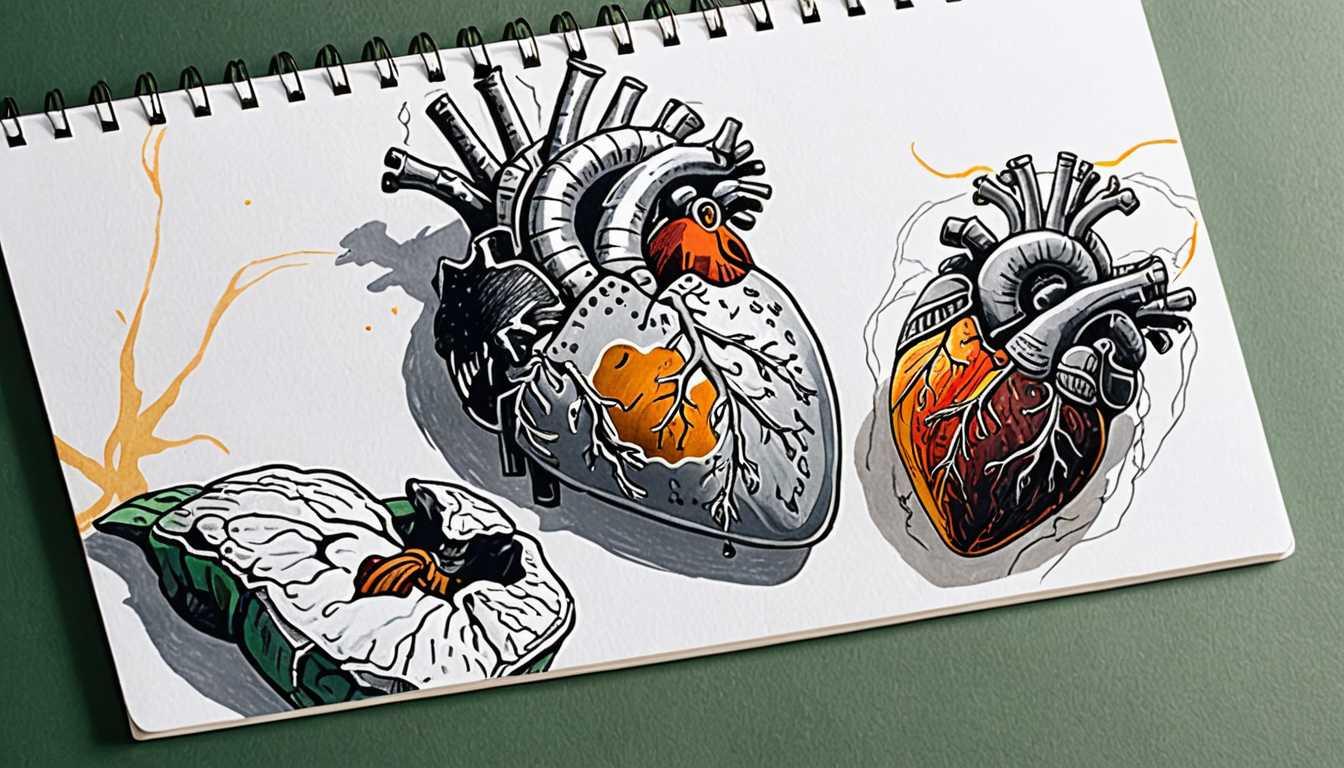Reviving Limbs: A 'Biohybrid' Breakthrough
March 2023
University of Cambridge
Introduction
Imagine a device that could whisper to your muscles, Move! even when they've forgotten how. Researchers at the University of Cambridge have crafted a 'biohybrid' neural implant, a mix of flexible electronics and reprogrammed human stem cells, that might just be the future for those with paralyzed limbs. This isn't your average sci-fi plot; it's real science aiming to bridge brains to brawn, making paralyzed rats' limbs listen up. With a dash of stem cell magic and a sprinkle of electronic ingenuity, they're on a path to redefining recovery. Dive into this groundbreaking study, published in Science Advances, and see how the future of limb restoration is unfolding.
READ FULL ARTICLEWhy It Matters
Discover how this topic shapes your world and future
Unlocking the Future of Movement
Imagine a world where paralysis and the loss of limbs aren't life sentences to immobility, but challenges that science has the power to overcome. This is the promise of the groundbreaking research into 'biohybrid' devices, which could revolutionize how we restore function to paralyzed limbs. At its core, this topic isn't just about fancy science; it's about restoring hope, independence, and quality of life to millions around the globe. For you, as a student, it's a glimpse into how your curiosity and passion for science can lead to innovations that significantly impact people's lives. This research shows us the power of combining biology with technology, highlighting a future where limitations are just the starting point for innovation.
Speak like a Scholar
Neural implants
Devices that can connect directly to the nervous system to send or receive signals.
Stem cells
Special cells that can transform into different types of cells in the body, used for repairing damaged tissues.
Bioelectronics
A field of science that combines biology and electronics to create devices that interact with living organisms.
Induced pluripotent stem cells (iPSCs)
A type of stem cell that can be generated directly from adult cells, versatile for various medical applications.
Axon
The long threadlike part of a nerve cell along which impulses are conducted from the cell body to other cells.
Biocompatible
Materials that are compatible with living tissue, not causing any harm when introduced to the body.
Independent Research Ideas
The role of bioelectronics in modern medicine
Investigate how the integration of electronic devices with biological systems is opening new doors for treatments and diagnostics.
Stem cell therapy's future
Explore the potential of stem cells in regenerating damaged tissues, focusing on the ethical, technical, and medical challenges.
The evolution of prosthetic limbs
From wooden legs to biohybrid devices, trace the history and technological advancements in prosthetics.
Brain-machine interfaces
Delve into how connecting the human brain to machines could enhance cognitive abilities and restore lost functions, examining both the potential and the pitfalls.
The science of healing
Investigate the body's natural healing processes and how modern science aims to enhance or replicate these mechanisms through technology.
Related Articles

Revolutionary Adhesive: No More Scarring!
May 2024
MIT News

Personalized Cancer Vaccines: Coming Soon!
April 2024
Harvard University

MRI and Brain Cancer: New Hope
April 2024
King's College London

Conversations Between Brain and Gut
June 2023
Massachusetts Institute of Technology (MIT)

Nanoparticles: Supercharging Vaccines
March 2024
Massachusetts Institute of Technology (MIT)